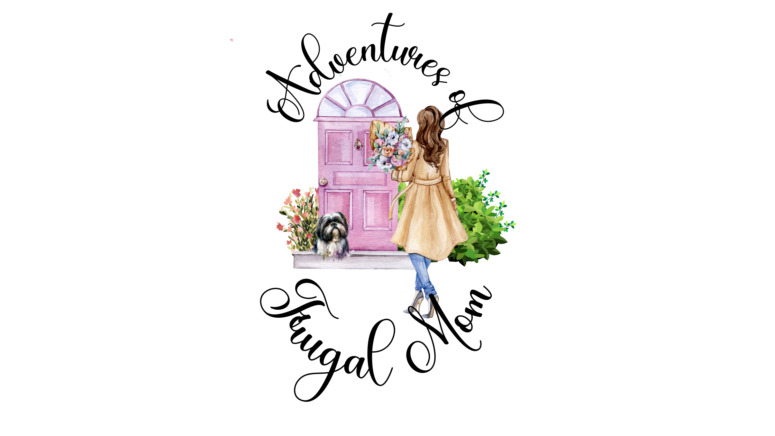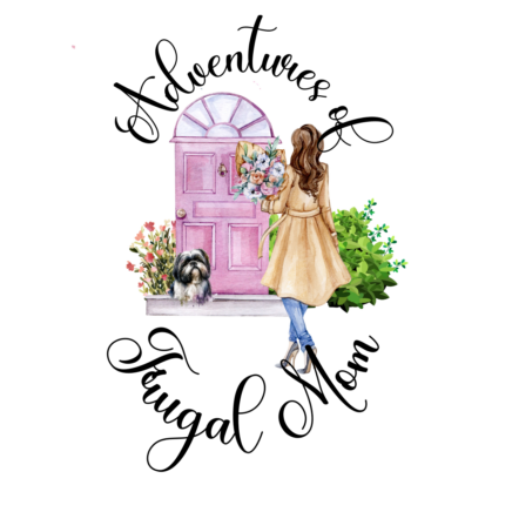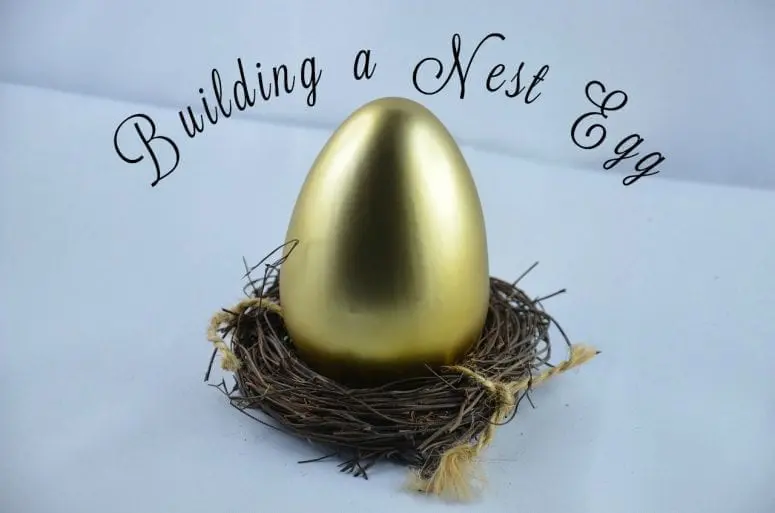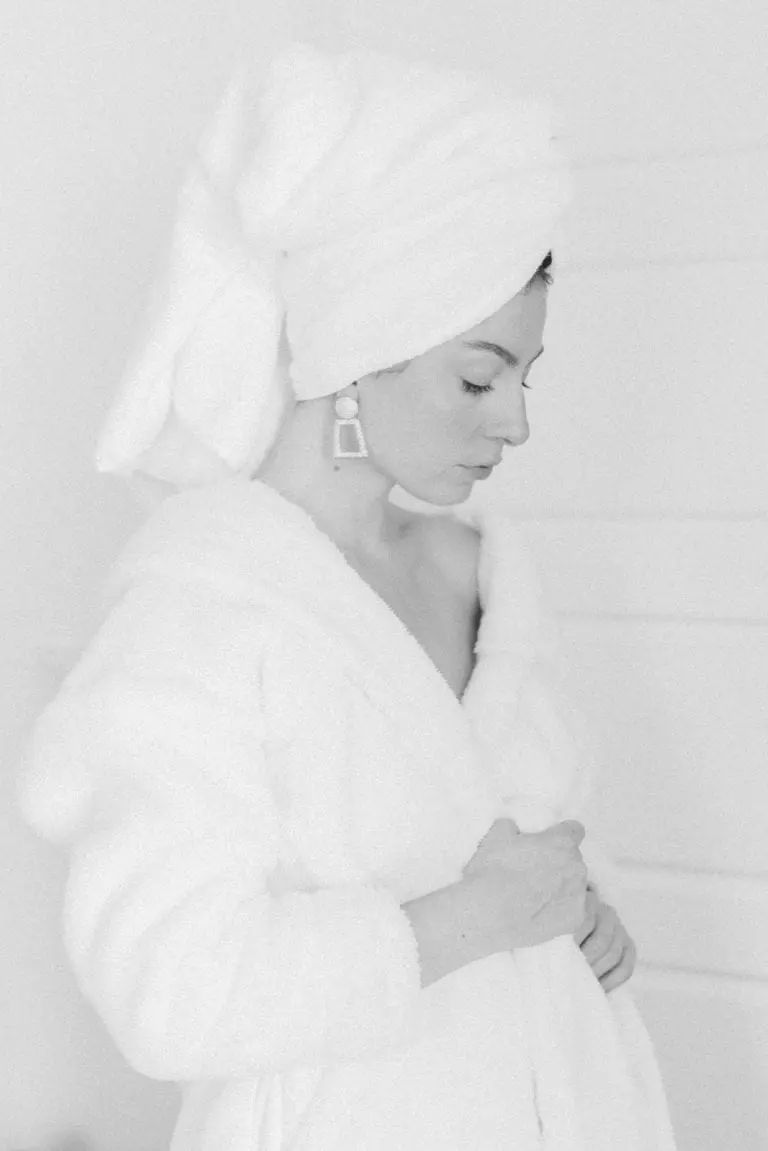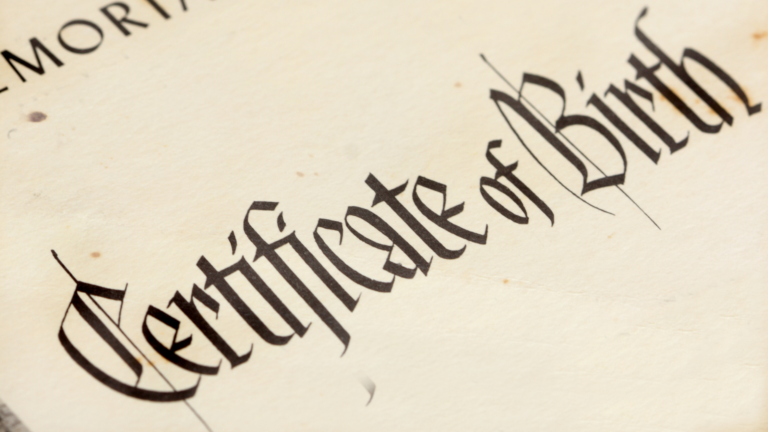Ultimate Guide to Choosing and Maintaining Artificial Turf

With its diverse geography, ranging from arid deserts to thriving pine forests, Utah presents a unique canvas for homeowners and businesses alike. The use of artificial turf in Utah has become increasingly popular for those seeking a lush, green landscape without the extensive maintenance or water requirements of natural grass.
Why Choose Artificial Turf in Utah?
Artificial turf offers a practical solution for many Utah residents. Its ability to withstand extreme weather conditions – from the scorching summer heat to the cold, snowy winters – makes it an ideal choice for a state known for its varied climate. Additionally, water conservation is a significant concern in Utah’s drier regions, and synthetic grass significantly reduces the need for water usage compared to traditional lawns.
Understanding the Types of Turf
Before diving into the installation of artificial turf, it’s important to understand the different types available. The most common types are polyethylene, polypropylene, and nylon. Each type has its unique characteristics and suitability for various applications, such as landscaping, sports fields, or pet areas.
Factors to Consider When Selecting Turf
- Purpose and Usage: Determine the main use of the turf. High-traffic areas might require a more durable variety, while aesthetic purposes might lean towards a more natural-looking option.
- Pile Height and Density: The turf’s height and density affect its appearance and functionality. A shorter pile is often harder to wear, while a longer pile can look more like natural grass but may require more maintenance.
- Quality and Warranty: Invest in high-quality turf with a good warranty. This ensures longevity and protects your investment.
Installation: Professional vs. DIY
The choice between DIY installation of turf or opting for professional services hinges on your expertise and the complexity of the project. Professional installation can ensure a more seamless finish, especially for larger or more complicated landscapes. However, self-installation might be a feasible and more budget-friendly option for smaller areas or those comfortable with DIY projects.
Maintenance: Keeping Your Turf in Top Shape
While artificial turf requires less upkeep than natural grass, some care is necessary to keep it looking its best.
- Regular Cleaning: Regular cleaning routines should be done regularly, such as hosing down the turf to remove dust and debris.
- Brushing: To prevent matting and keep the blades standing upright, brush the turf periodically with a stiff brush.
- Managing Spills and Stains: Promptly deal with spills by rinsing with water. For tougher stains, a mild detergent can be used.
- Weed Control: Although artificial turf reduces the likelihood of weeds, occasional sprouting can occur. Removing weeds as they appear is essential to maintain the integrity of the turf.
Seasonal Care in Utah’s Varied Climate
Utah’s climate can be challenging, and caring for synthetic grass throughout the seasons is vital.
- Summer: Although artificial turf doesn’t dry out like natural grass, it can heat up in the sun. Spraying the turf with water can help cool it down.
- Winter: Snow and ice can be removed from synthetic grass, but avoid using metal tools that might damage the fibers.
The Long-Term Benefits
Choosing synthetic grass is a long-term investment. It’s not just about the upfront cost but also the savings in water bills, lawn care products, and time spent on maintenance. It’s a practical and beautiful landscaping solution for Utah residents that aligns with the state’s environmental and aesthetic values.
Conclusion
Artificial turf in Utah offers a blend of functionality, beauty, and sustainability. Homeowners and businesses can enjoy a stunning green landscape year-round by choosing the right type, ensuring proper installation, and maintaining it carefully.
